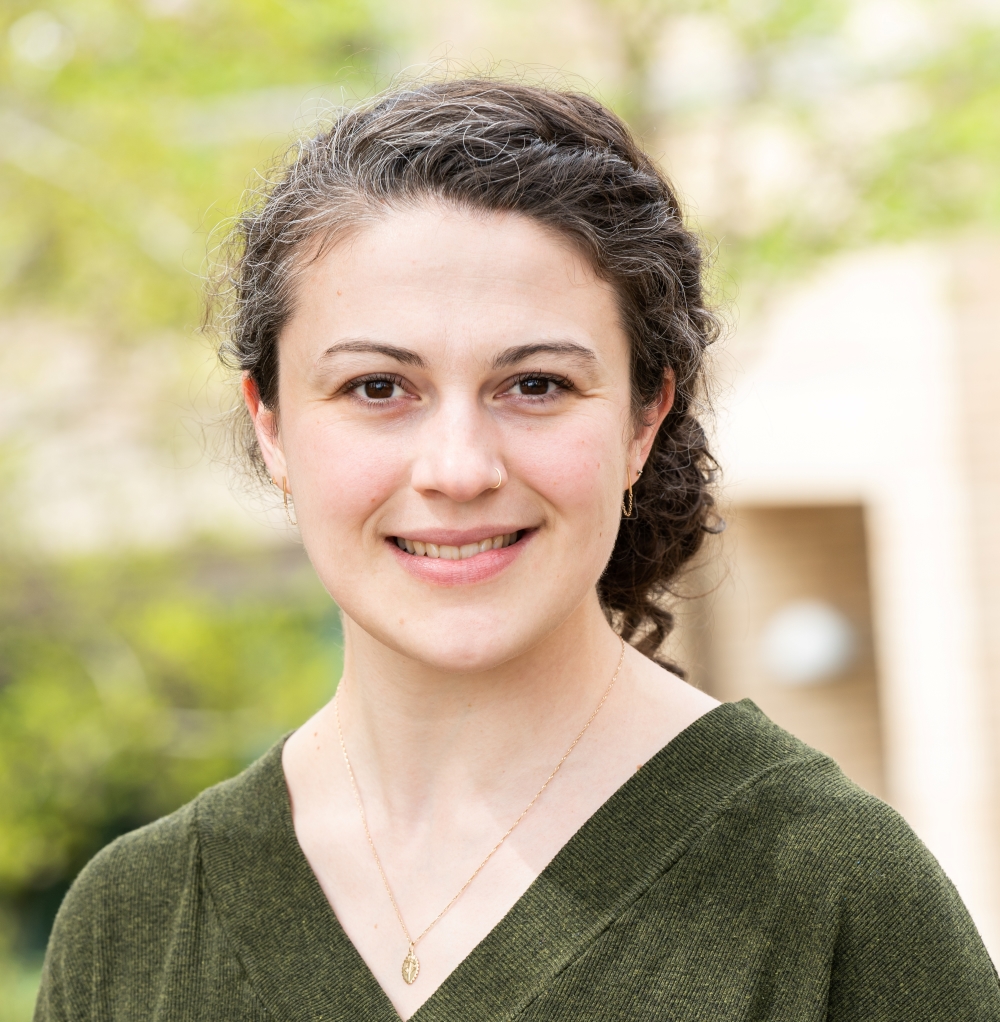Biochemistry
Department of Chemistry and Biochemistry
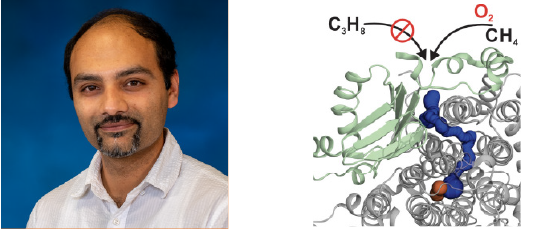
Assistant Professor
rzb0120@auburn.edu
PhD University of Minnesota (2013)
Disciplines: biochemistry, biophysics, bioinorganic, catalysis, drug design, energy
Our laboratory aims to investigate oxygen activation chemistry by metalloenzymes with the goal of discovering new therapeutics for human health and informing synthetic catalyst design for C-H functionalization reactions. The model enzymes include soluble methane monooxygenase (sMMO) that oxidizes methane to methanol and integral membrane desaturases (IMD) that oxidatively transform fatty acids to desaturated and hydroxylated lipids. We aim to understand how the active site iron centers catalyze challenging chemical reactions and how catalysis is regulated by the protein structure. Chemical biology applications include drug design against the IMDs and chemomimetic biocatalysis through protein evolution for sMMO.
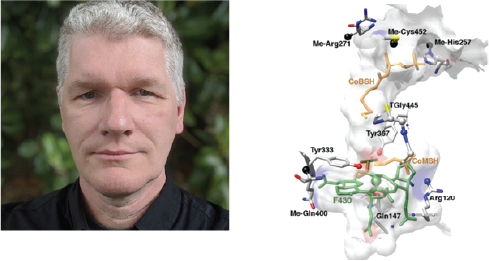
Professor
duinedu@auburn.edu
PhD University of Amsterdam (1996)
Disciplines: catalysis, microbiology, bioinorganic, biochemistry, biophysical
Metalloenzymes make up 30 percent of all proteins and enzymes. The study of their electronic and magnetic properties forms the basis of understanding their reaction mechanisms. In collaboration with other universities and industry, we study the enzymes responsible for methane production and consumption in methanogens in the hope of mimicking these processes or design inhibitors. Enzymes in the DOXP pathway for isoprene synthesis are studied with the goal of developing new antibiotics.
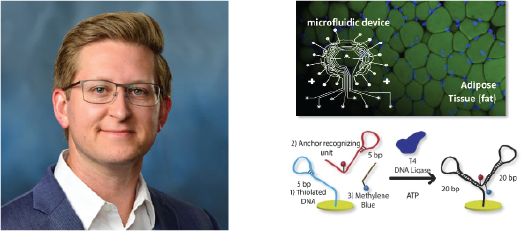
Dr. and Mrs. Charles Dent Williams Professor
chris.easley@auburn.edu
PhD University of Virginia (2006)
Disciplines: bioanalytical, analytical, biochemistry, medicinal
Research in the Easley group is multidisciplinary, including bioanalytical chemistry, microfluidics, electrochemistry, thermofluorimetry, fluorescence microscopy, and cell/tissue culture. We design custom microfluidic devices that can culture and sample from adipose tissue (fat) at high resolution, improving our understanding of diabetes, obesity, and metabolic syndrome. We also have developed electrochemical sensors for biomarker detection and disease monitoring, using DNA-based bioconjugates assembled at electrode surfaces—these sensors have been licensed for commercial use. Currently, both of these major thrusts are funded by the National Institutes of Health (NIH).

Ruth W. Molette Professor and Chair
goodwdc@auburn.edu
PhD Utah State University (1996)
Disciplines: biochemistry, bioinorganic, catalysis, medicinal
Our research seeks to illuminate 1) mechanisms of bacterial virulence and antibiotic resistance, and 2) new approaches to control pathogens, biomedical and agricultural. First, KatG is a multifunctional peroxide-degrading enzyme central to pathogen defenses against host immune responses. It is also key to Mycobacterium tuberculosis resistance to the most widely used antitubercular agent, isoniazid. We are elucidating mechanisms that may give pathogens greater resistance to peroxides than previously thought and that account for isoniazid activation and resistance. Second, we are using the incredible versatility of microbial metabolism to identify powerful antibiotic natural products. Some may target human pathogens and others target notorious and costly agricultural pathogens.
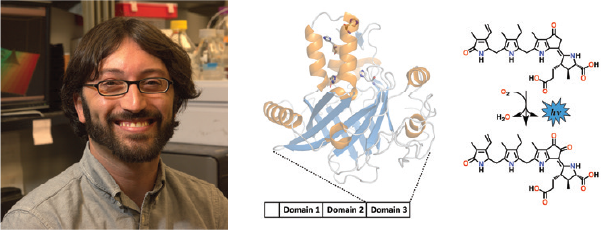
J. Milton Harris Associate Professor
som@auburn.edu
PhD University of Wisconsin-Madison (2006)
Disciplines: biochemistry, bioinorganic, bioorganic, biophysical, catalysis, computational/theoretical, energy, environmental, medicinal
Our laboratory utilizes a combination of bioinformatic, biochemical, and biophysical approaches to identify and characterize novel biosynthetic pathways, secondary metabolites, and biocatalysts. The systems under study are chosen for both their biological importance and their potential for employing unusual enzyme chemistry. Current projects are focused on tetrapyrroles (the pigments of life), and their applications in medical, environmental, and energy research. One example, depicted here, involves mechanistic and biosynthetic studies of dinoflagellate bioluminescence and may lead to the development of cellular imaging agents and algicides for the remediation of coastal seawaters.

